A brief thought experiment: close your eyes and imagine the perfect winter scene. Fully imagine it, compose it, put in the elements, take the photograph in your mind. Take at least 2 minutes….
I did that just this morning, and my vision was of a lazy stream carving its way through the frame in a large “S” pattern; it was bounded on either side by mounds of fresh-powder snow, which were lit by a warm evening sun off to the right side of the frame, and there were mountains and aspen trees in the background. Fresh, undisturbed snow, and magic hour light are required for sure; one could add a few pastoral elements like a farm house with smoke coming out the chimney or a well-placed fence to lead the viewers eye—enough elements to assemble the landscape photography equation. I almost want to jump in the car and speed off to Jackson Hole to buy this from some gallery it must be hanging in. Maybe what you saw in your mind’s eye was Mt. Rainier in the background, a few small lakes in the foreground, the foremost right up in the frame, practically touching the 16 mm lens—everything is cold and blue and frozen, except the mountain, which is bathed in alpenglow. The scene is cold and warm all at the same time and you want to be there.
Don’t get me wrong, I love traditional landscapes, so here is one in that vein:
“Descent from Mt. Dickerman,” October, 2019.
Now that I’ve worked that out of my system—what is winter, really? Or, more importantly, how do I want to be thinking about winter so when I leave the house with my camera, tripod, and dogs; am I prepared to find more than the typical winter image? How do I unburden my mind from the pre-conceptions?
“Blowdown”, January 2006.
Winter is death, of course, and hibernation too. I think winter is dangerous—as a hiker, I’m conscious of hypothermia, avalanche, rapidly-changing weather, whiteouts, getting lost, and more hypothermia. And how much I hate it when my hands are cold. Just now, writing this, I recalled Jack London’s story To Build A Fire. What if I could take a photograph that was as cold as that story? Goal number one: check. Winter is risk. Winter is also broken limbs and downed trees—it’s the time of the year where nature is sculptured the most. Counter-intuitively perhaps, winter is also a time of rapid change. "Change” seems like a good theme to pack with me when I venture out. Nature can be angry in the winter; winter can be loud, but also, I can’t think of anything more quiet than the woods in a slowly falling snow of rapidly accumulating fat flakes. Perhaps I can find an image that captures the feeling of the sounds of winter, or its silence. That thought reminds me of Frost’s Stopping By the Woods on a Snowy Evening. Frost’s woods are “lovely, dark, and deep,” far more than just pretty.
“Serenity,” November, 2013. Interestingly, this is a color image, which offers me a reminder of the kind of feeling and emotion winter scenes can evoke.
What I’m getting at, I think: typical is the product of habit. Habit is one of the most powerful forces in the universe. Discipline is required, and practice, to overcome habit. But what does that look like? It might look something like this blog—a photographer sitting down, engaging in some mental exercises to help uncover their pre-conceived notions, making note of these, perhaps looking through old images to see what baggage they have been lugging around and when they have managed to see past their habits, and re-framing their thoughts.
As always, if you have some thoughts on this struggle, feel free to comment or drop me a line. Stay warm out there…
